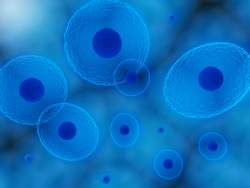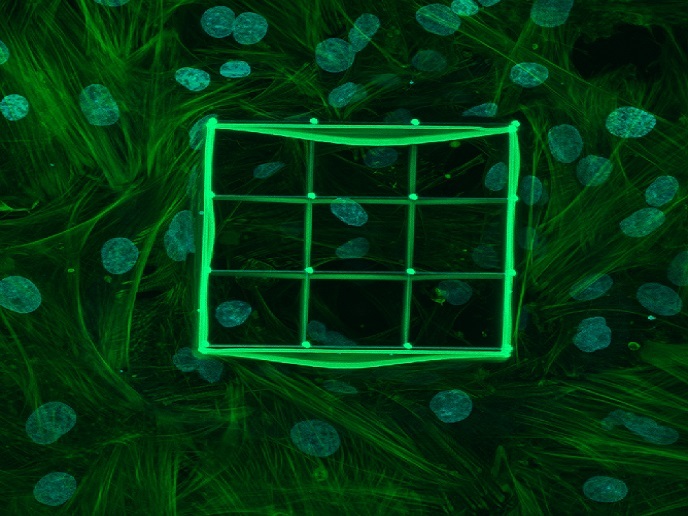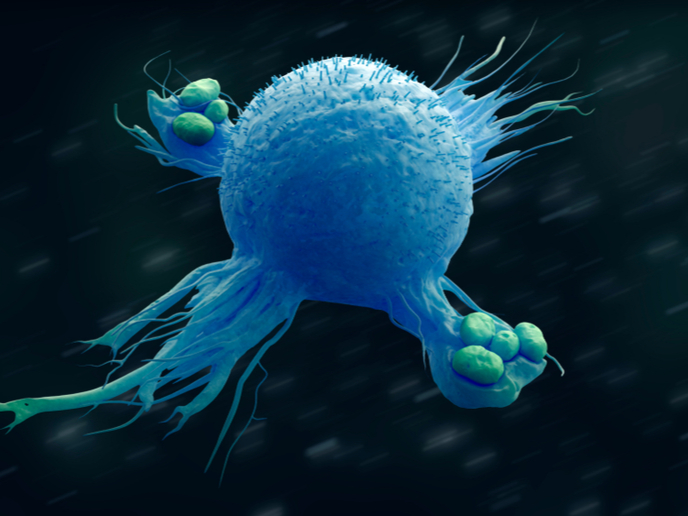Insight into the mechanism of cell reprogramming factors
Maintaining and protecting cell identity is a complex process requiring the concerted action of transcription factors to orchestrate a specific gene expression profile. Understanding these mechanisms is paramount for the direct conversion of cells to the target cell type via specific transcription factors for successful tissue replacement therapy. Although this transdifferentiation process has been applied in some cases, most cells resist direct conversion into other cell types despite manipulation of transcription factors. Accumulating evidence suggests that inhibitory mechanisms play an important role in restricting cellular reprogramming. Such inhibitory mechanisms often involve factors that restrict accessibility to chromatin through histone modification or promote remodelling of chromatin structures. The EU-funded REPROL53U48 project investigated the factors that act as barriers for cellular reprogramming, and importantly, whether they act the same way in different tissues and species. Towards this goal, researchers employed Caenorhabditis elegans and applied large-scale forward and reverse genetic screenings. This helped them identify factors involved in inhibiting the induction of neuronal or muscle fates in different tissue types. The work focused on the histone chaperone LIN-53, previously shown to act as a barrier to converting germ cells into specific neurons or muscle cells. LIN-53 was also found to interact with the polycomb repressive complex 2 in germ cells, mediating chromatin silencing. During the REPROL53U48 project, scientists found that LIN-53 also interacts with the NuRD chromatin-remodelling complex to maintain muscular integrity. Taken together, the findings of the study further attest to the complexity of cell identity and suggest that manipulation of specific transcription factor expression is a valid method for directing cell fate reprogramming. Further elucidation of the regulatory network of these reprogramming factors will facilitate tissue replacement therapies, which could help patients suffering from degenerative diseases such as Parkinson’s, Alzheimer’s and muscular dystrophy.







